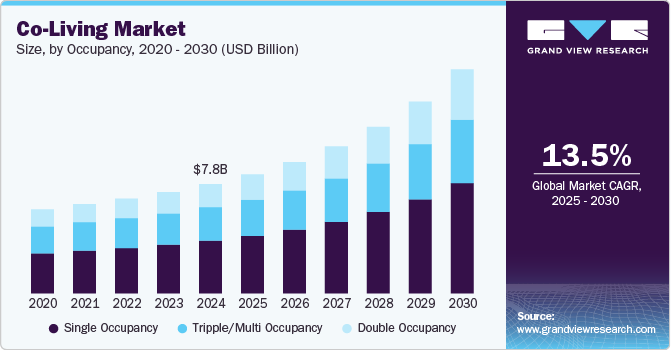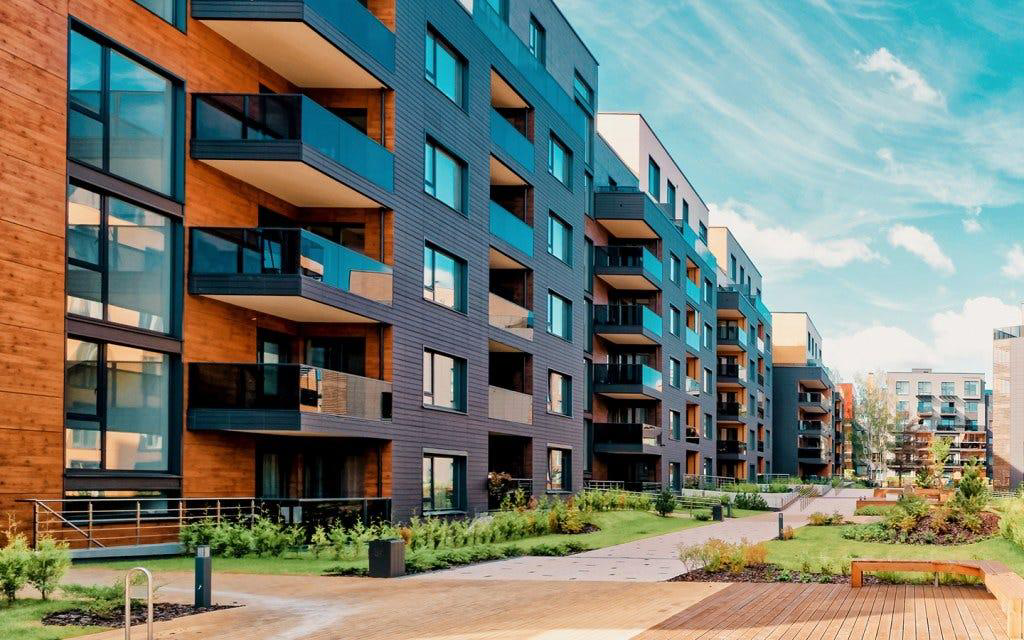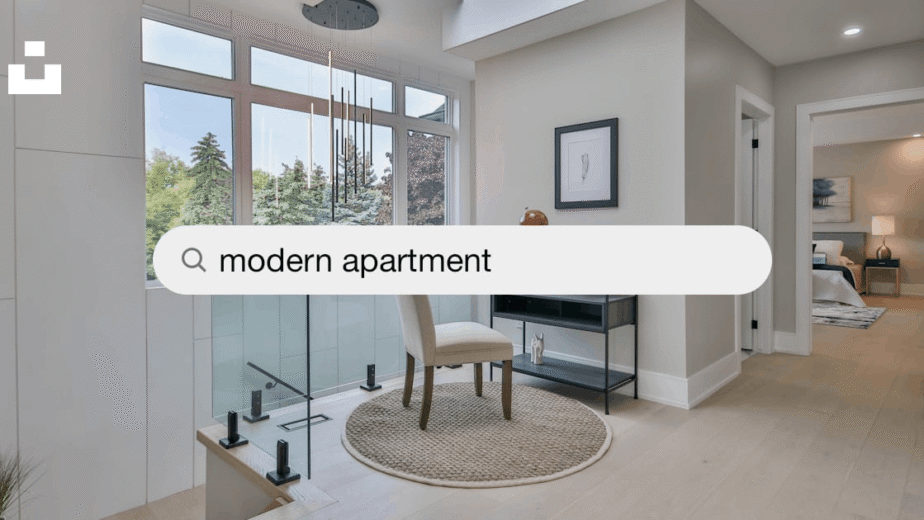In today’s fast-paced cities, traditional renting no longer meets the evolving lifestyle needs of modern tenants. Enter co-living spaces: a rapidly growing housing trend that emphasizes community living, flexibility, and convenience — redefining how people experience urban living and shared living arrangements.

What is Co-Living?
Co-living offers private rooms within fully furnished accommodations designed for modern urban life. Renters enjoy shared amenities such as high-speed Wi-Fi, weekly cleaning, communal kitchens, lounges, and sometimes gyms or coworking spaces — all often included in one simple monthly fee.
This hassle-free model eliminates typical headaches of utility setups and flexible lease terms, making it an attractive option for busy young professionals, digital nomads, and remote workers seeking short-term rental solutions.

Why It’s Booming
The demand for co-living spaces has surged due to its appeal as an affordable housing and cost-effective urban housing solution. According to recent reports, the co-living market growth in major cities has exceeded 30% over the past few years.
What draws tenants? No long-term commitments, social perks, and ready-to-move-in homes that match a minimalist living approach and a dynamic lifestyle focused on collaborative living environments.

To learn more about this report, request a free sample copy
The Community Advantage
Unlike traditional apartments where neighbors often remain strangers, community-driven housing in co-living spaces fosters real cultural exchange and professional networking opportunities.
Through shared spaces and organized community events, residents form meaningful friendships and support networks — boosting emotional well-being and combating isolation common in dense urban living.
This community living model aligns with modern social housing trends and reflects a shift toward housing affordability solutions that prioritize experience over square footage.

A Smarter Investment for Developers
For property owners and developers, co-living maximizes the efficient use of limited urban housing by creating vibrant, collaborative living environments that appeal to renters’ desire for connection and convenience.
By investing in modern housing solutions with shared amenities, landlords can reduce vacancies and increase tenant retention.
This trend supports sustainable urban development by optimizing existing spaces and meeting the growing demand for affordable housing in cities worldwide.

Conclusion
Co-living spaces represent more than just a rental alternative — they are a lifestyle revolution reshaping urban rental culture.
As remote work housing and digital nomads grow in number, co-living’s blend of flexible lease terms, shared amenities, and community living offers a smarter, more connected, and human-centric way to live in cities.
Whether you’re a tenant seeking young professionals housing with social perks or a developer embracing urban housing innovations, co-living is shaping the future of cost-effective urban housing and sustainable living.



